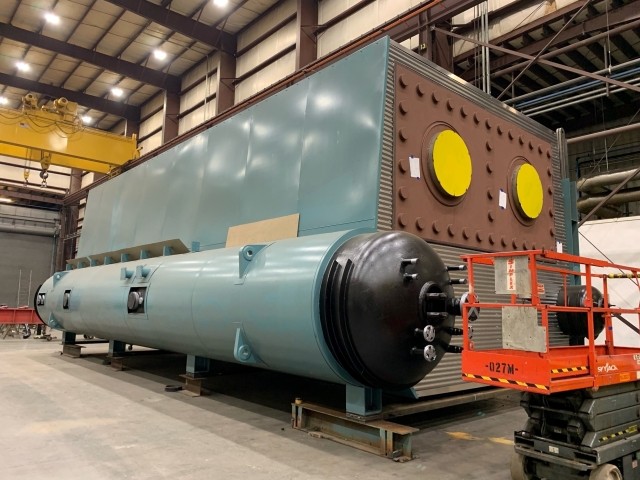Tracking Swallow-Tailed Kites
An hour north of Charleston, South Carolina, the highway becomes framed on either side by rows of pine trees. The dirt roads that frame tracts of working forests extend for miles into what feels like wilderness: there are no street signs, houses or telephone wires, just an ecosystem that is both product and habitat. For an excursion into a working forest, a good pair of boots is needed: Snakes and poison ivy call forests their home, too.
To the organizations and families that manage these “stands”—an industry term that refers to a group of trees of uniform size and age—forests of trees like the loblolly pine are long term investments. International Paper participates in the responsible management of forests both by purchasing trees to convert into pulp for our products, and by collaborating with both forest owners and nonprofits such as the American Bird Conservancy to assist in conservation.
On this day, the SCETV news station was on hand just outside of Georgetown, S.C. to capture images of the swallow-tailed kite, a massive, majestic migrating bird with a wingspan of four feet.
One wouldn’t readily assume that Georgetown South Carolina has much in common with the rainforests of northern Brazil, but migrating birds call both regions of the globe home. The swallow-tailed kites in particular prefer recently harvested areas of working forests, since they provide favorable conditions to feed. The kites build large nests in the high tree canopies at the edge of the stand, and they feed on frogs, snakes and even other birds, preferring to forage over large open areas. The open swaths of young forest growing where a recent harvest took place are perfect feeding grounds for the kites.
To observe the kites, International Paper employees and members of the American Bird Conservancy join the SCETV camera crew (watch the segment here) along an access road to the edge of an area that had been designated as an important natural habitat, due to its proximity to a stream bed that assists the natural drainage of rainwater out of the forest.
Jeremy Poirier, International Paper fiber certification and sustainability manager and Certified Wildlife Biologist®, uses his phone to demonstrate what this means: he pulls up a proprietary International Paper app called Forsite, which used GIS mapping technology to overlay a satellite image of a forest with colored-coded designations. With Forsite, IP’s forestry experts can note the estimated location of endangered species, the ownership of a particular stand or areas that were slated for harvest. The tool enables our fiber supply team to work with forest owners to make the best decisions for the forestland and its resident wildlife. With his finger, Jeremy indicates the group’s location in relation to an open bottomland stretching out for half a mile, where it ended at a fully mature tree canopy. This is where we knew a swallow-tailed kite nest is located.
The members of the group take turns looking through a monocular on a tripod and took turns to monitor the nest. Three large white puffballs scoot around, inspecting their surroundings. These were newborn swallow-tailed kites, each about the size of a football. It was an open question when the adults would show up, if they did at all.
One wouldn’t readily assume that Georgetown South Carolina has much in common with the rainforests of northern Brazil, but migrating birds call both regions of the globe home.


